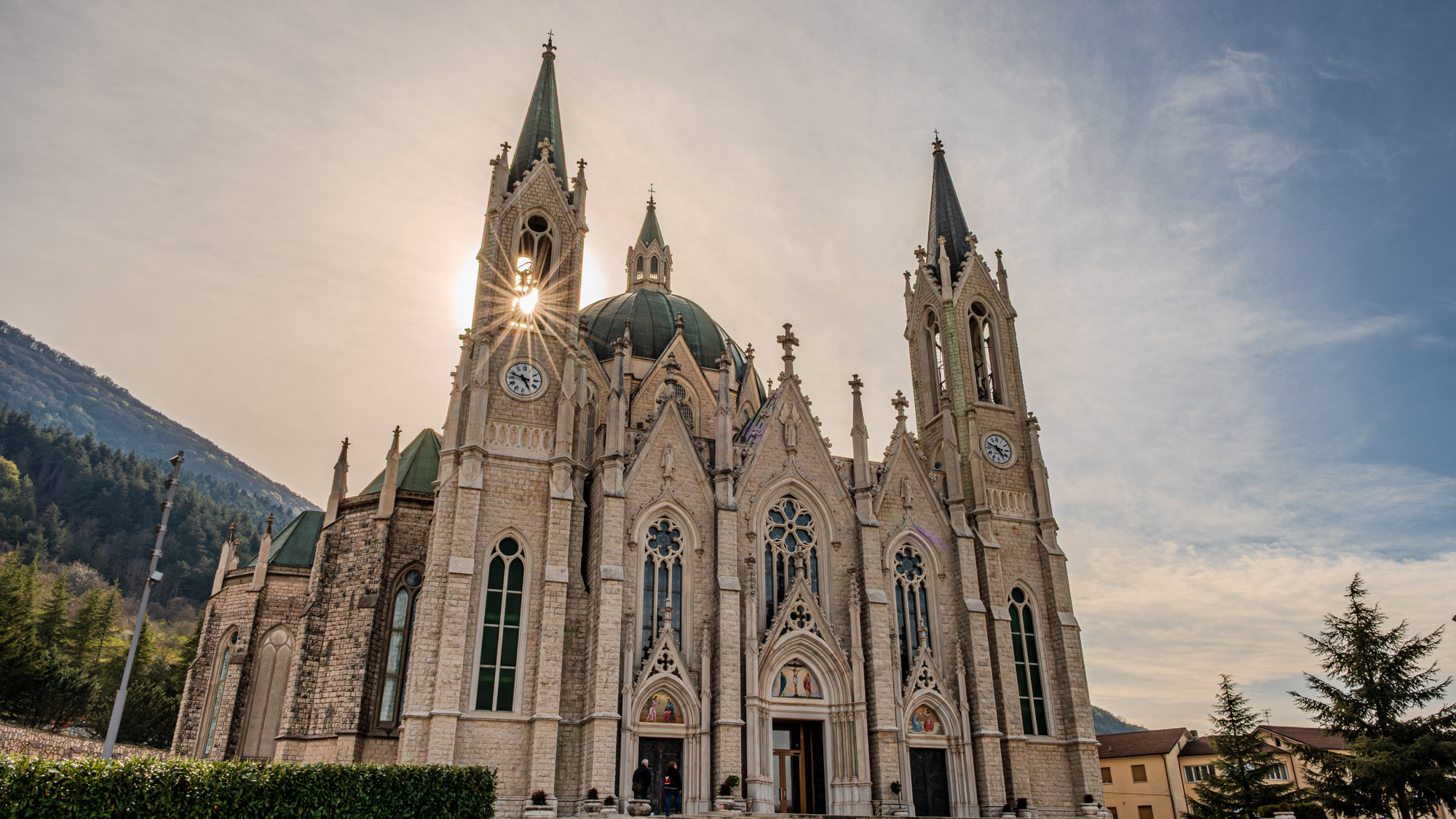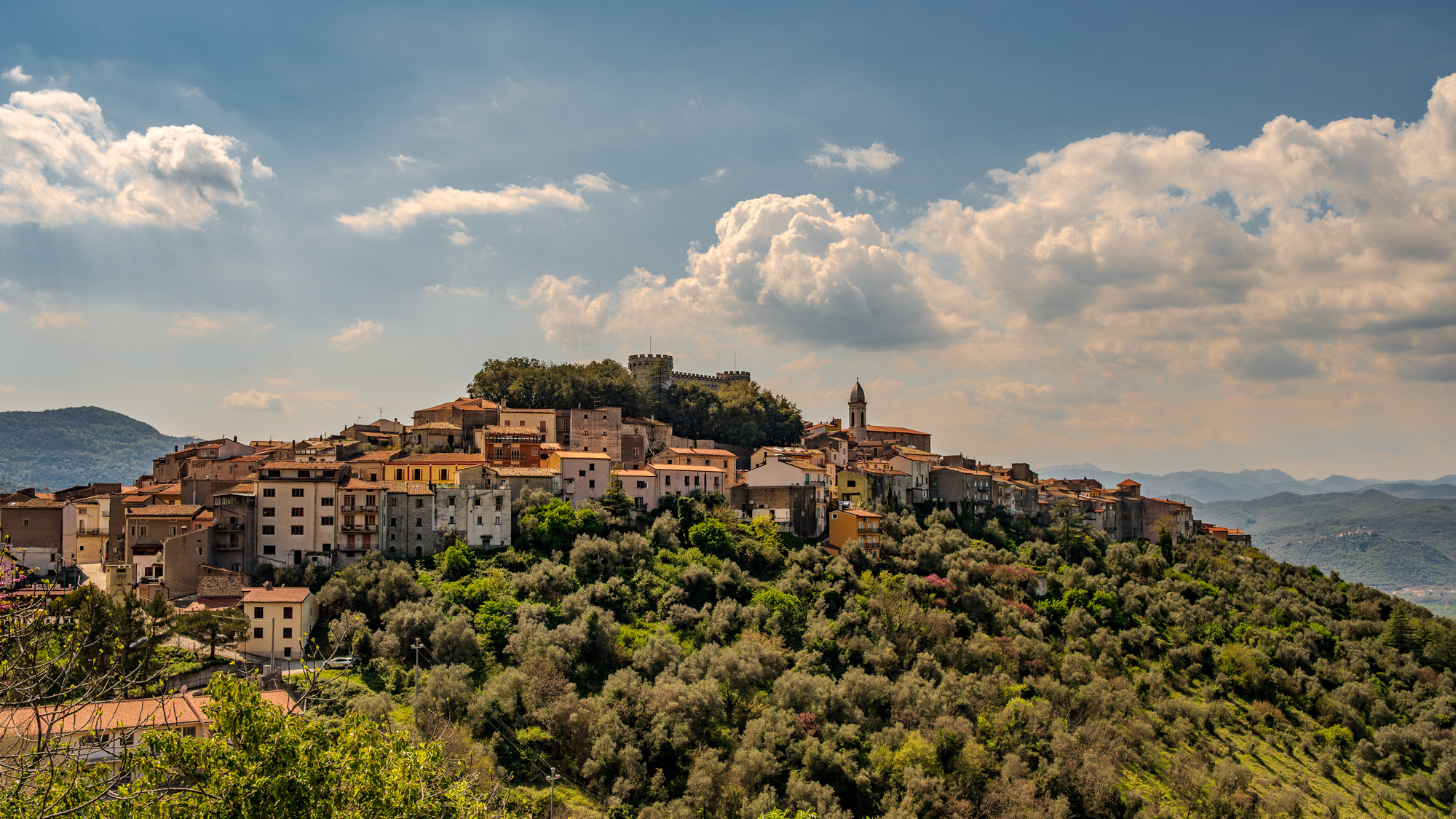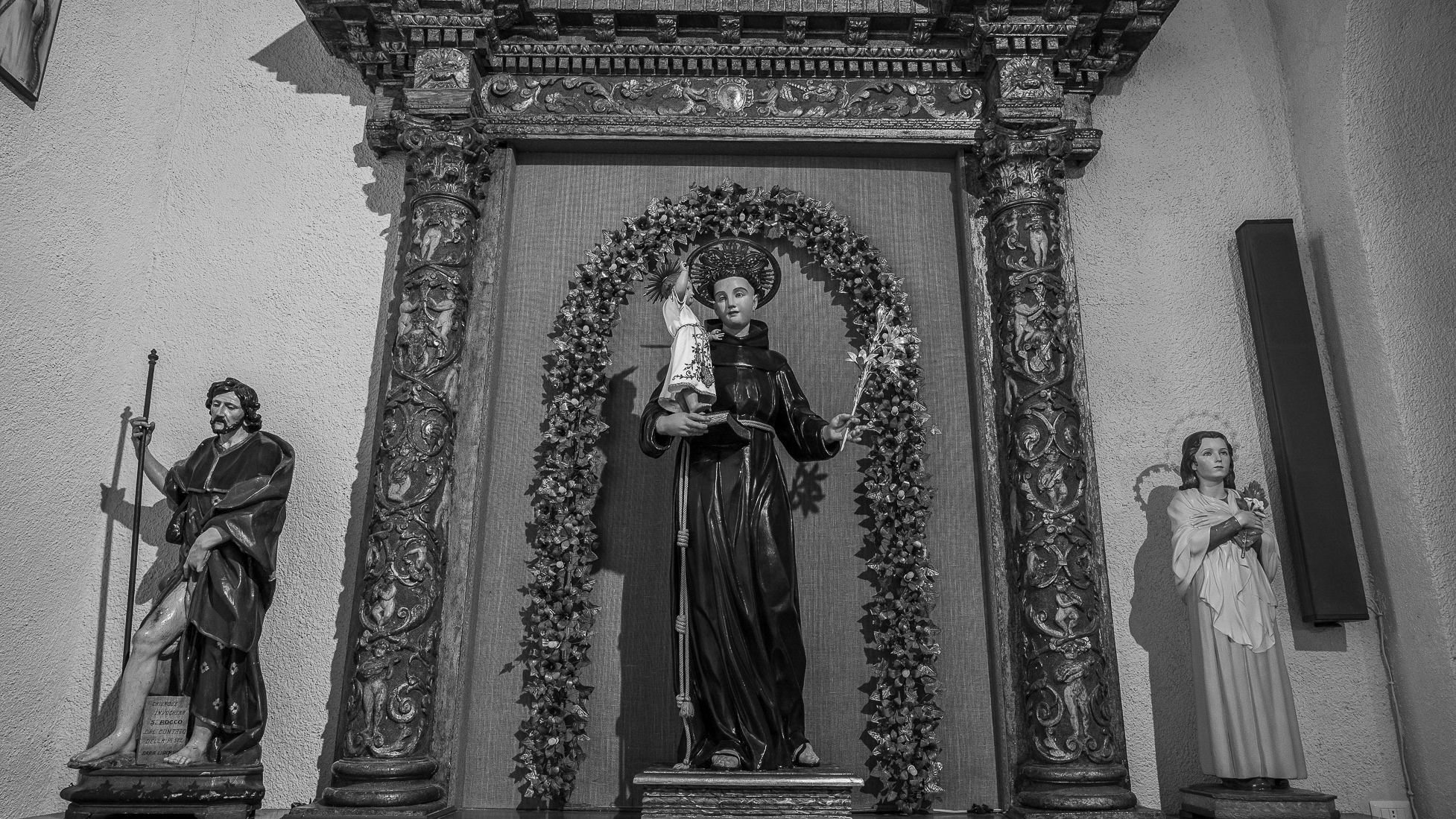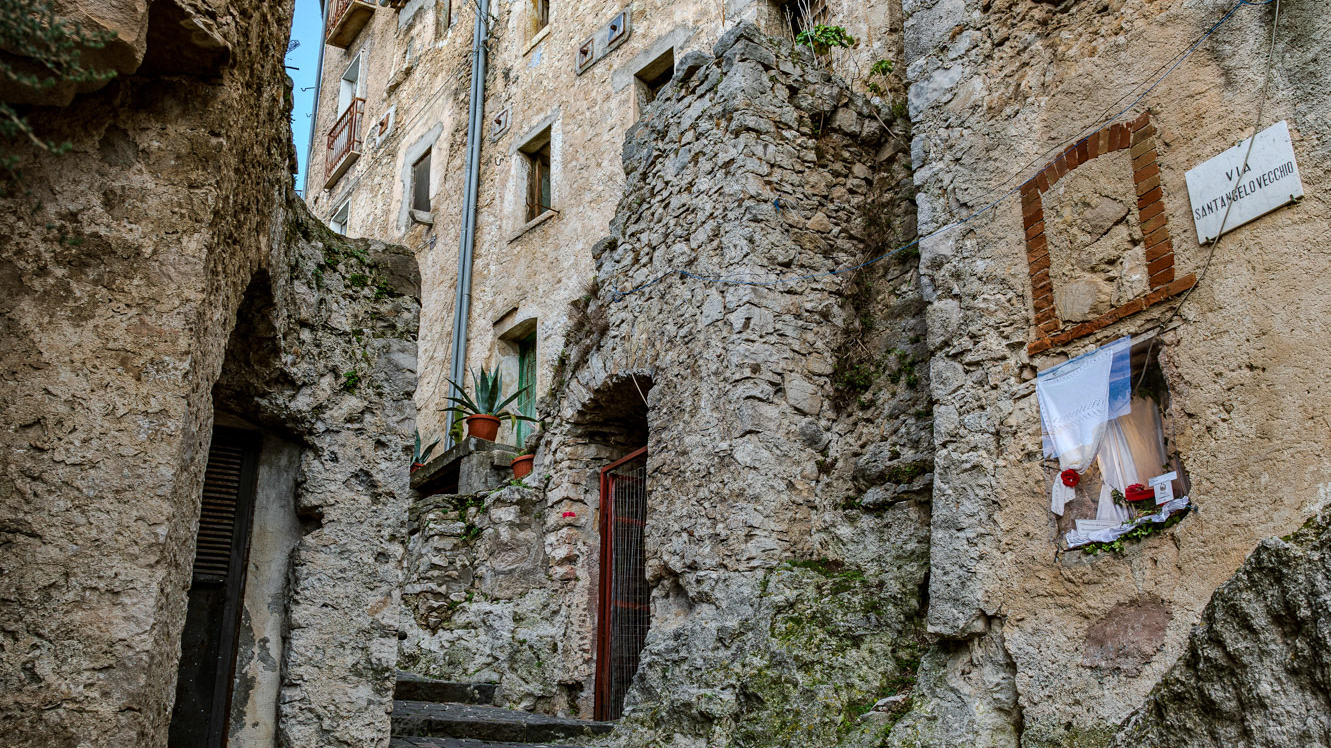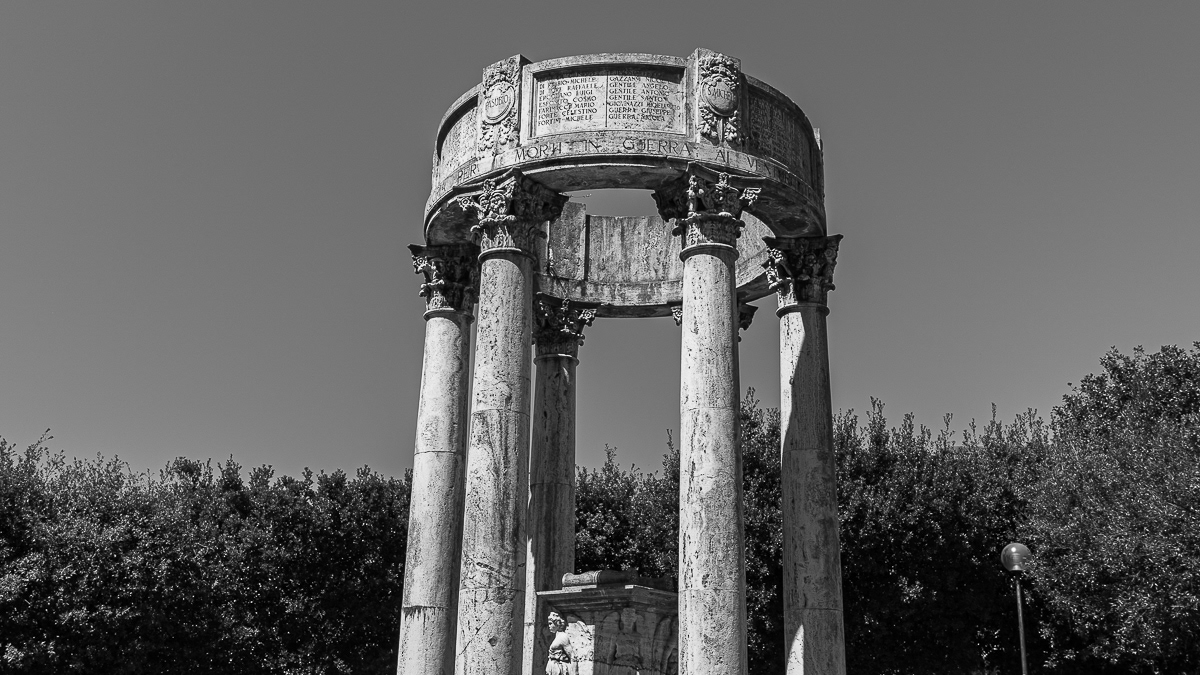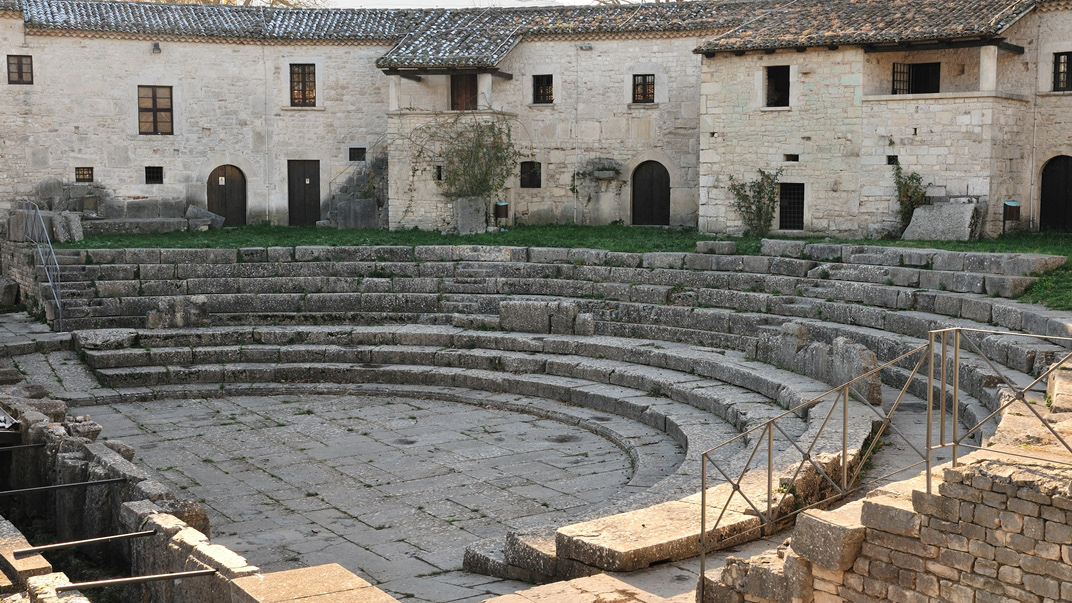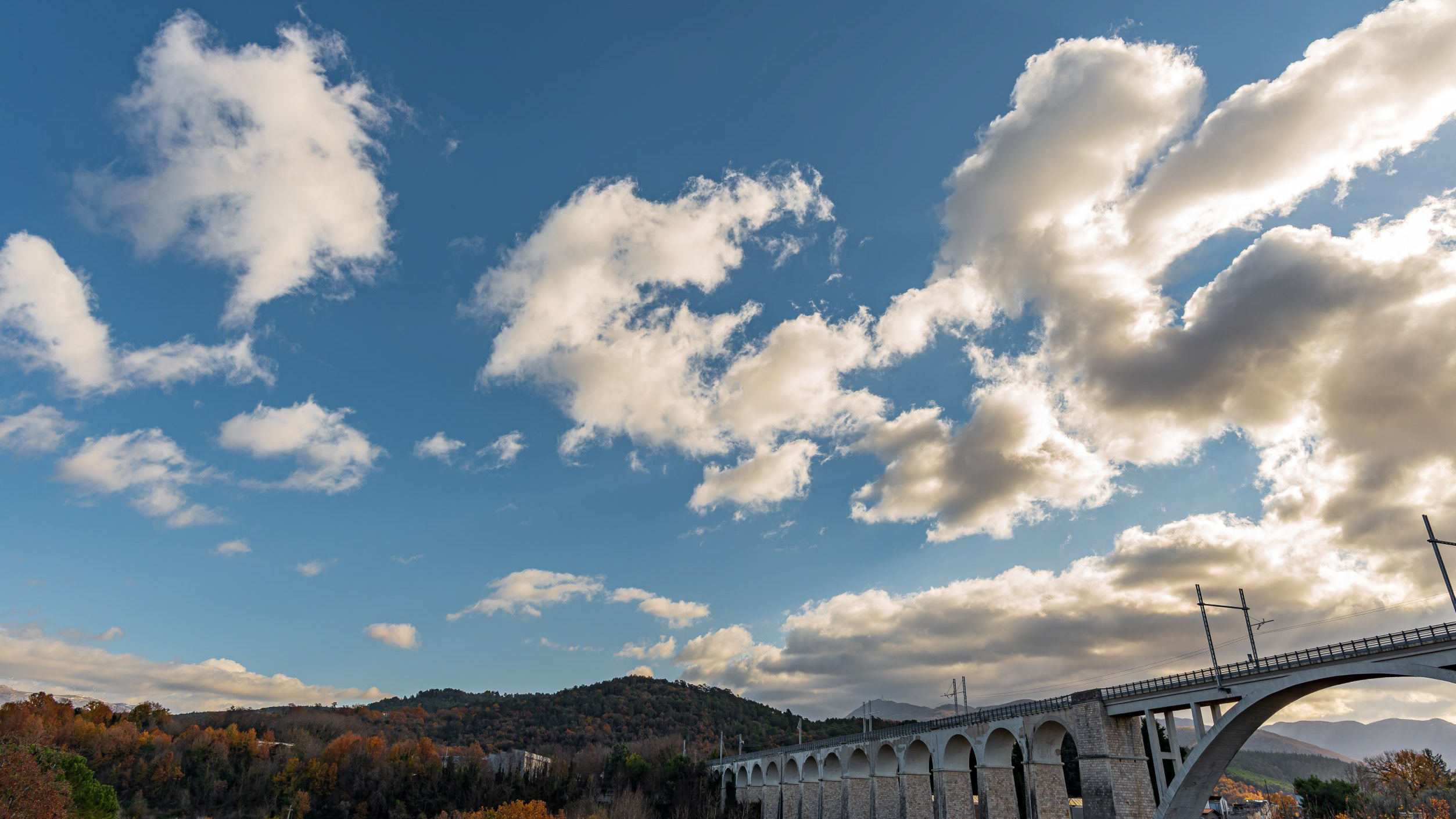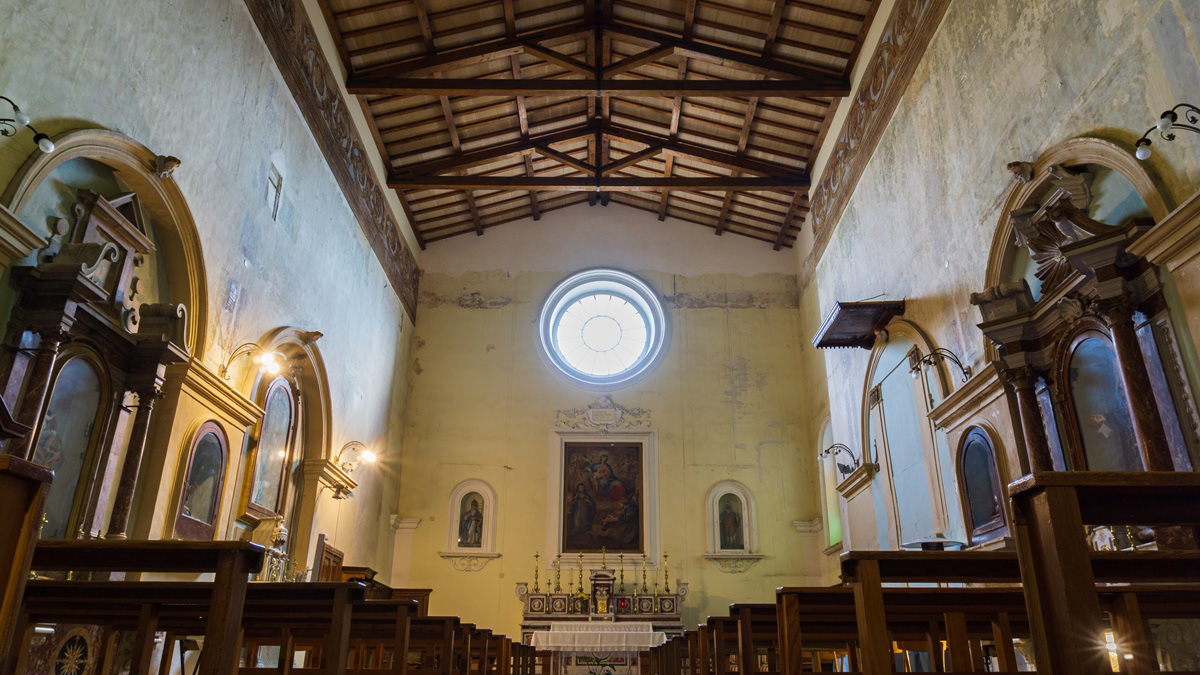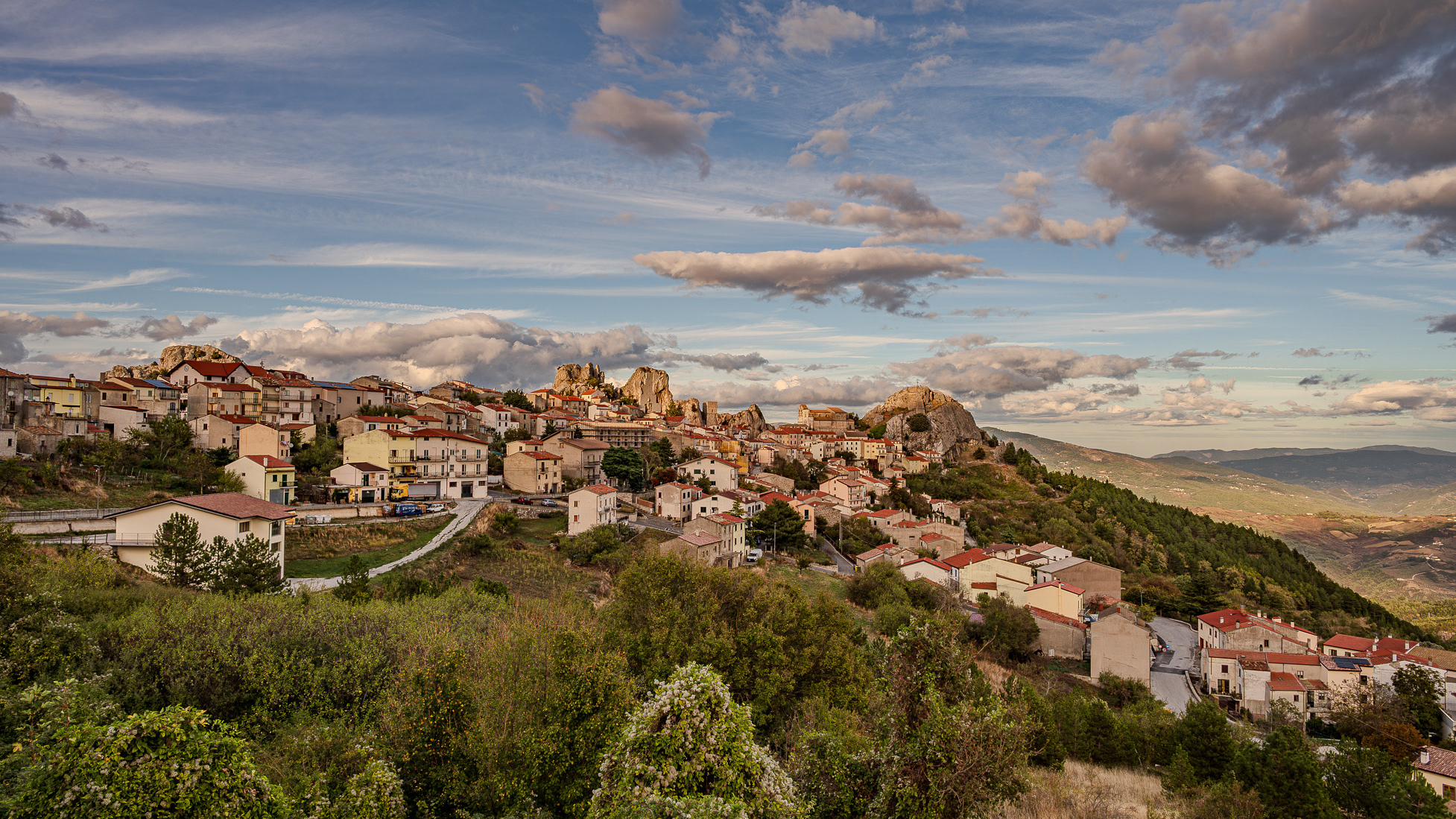Frosolone (IS)
Frosolone con i suoi 3.250 abitanti circa è situato a m 894 sul livello del mare. Visibili da lontano, mentre continuano a girare, come gigantesche girandole lasciate lì chissà da quali bambini stanchi di giocare, i pali del campo prova eolico annunciano che ci stiamo avvicinando a Frosolone e alla sua montagna. E poi i profumi, il verde, l'aria pura e pungente. L'ambiente montano è un sorprendente "mare di verde", uno scrigno prezioso che raccoglie meraviglie dove alberi secolari, stagni e laghetti, cucuzzoli e paesaggi scoscesi, rocce bianche e rifugi, sanno accogliere sapientemente valori paesaggistici (floristici e faunistici) miracolosamente inviolati fino ai nostri giorni. Tutti i mesi dell'anno vanno bene e qualsiasi stagione è buona per visitare la montagna di Frosolone, perché ogni periodo dell'anno è buono per fruire e godere delle sue bellezze. Quassù, su questi monti, anche a più di mille metri sono riusciti a vegetare alberi di faggio e la faggeta di Monte Marchetta e di Colle dell'Orso rappresenta uno dei rari esempi in cui questa specie vegetale è riuscita a convivere felicemente con il clima di queste altitudini. Il più grosso rappresentante vivente è il maestoso faggio del Pedalone, vero e proprio colosso botanico vecchio più di cento anni e alto più di quaranta metri. Proprio in ogni stagione dell'anno, lo spettacolo che offre il Bosco della Grisciata è davvero impareggiabile e ci accompagna fino ai verdi prati e poi alla Valle della Contessa ricoperta di arbusti di uva spina e di siepi di rosa canina.
You may also like
